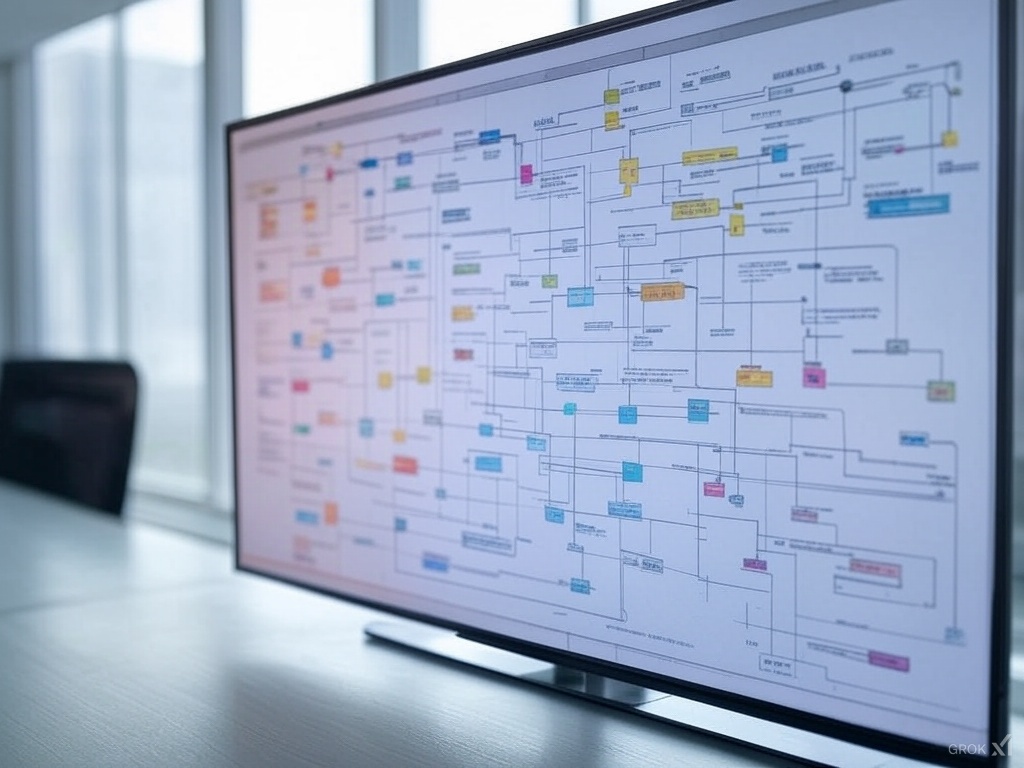
Intelligent Agents
An intelligent agent is an autonomous entity designed to perceive its environment through sensors and act upon that environment using actuators, equipped with a...

An embodied AI agent is an intelligent system that perceives, interprets, and interacts with its environment through a physical or virtual body. Learn how these agents operate in robotics and digital simulations, performing tasks that require perception, reasoning, and action.
An embodied AI agent is an intelligent system that perceives, interprets, and interacts with its environment through a physical or virtual body. This interaction can occur in real-world environments or within digital simulations. Embodied AI agents are designed to perform tasks that require perception, reasoning, and action, making them capable of engaging in complex, autonomous activities.
An embodied AI agent is an intelligent system that interacts with its environment through a physical or virtual body, enabling it to perceive, reason, and take action within real-world or digital environments.
Unlike traditional AI systems that learn from static datasets, embodied AI agents interact with their environment, utilize physical or virtual bodies, and use social cues such as gestures and facial expressions for more natural and effective communication.
Examples include mobile robots with sensors, graphically embodied agents like Ananova and Microsoft Agent, the Spot Robot by Boston Dynamics, and embodied conversational agents using gestures and speech.
Embodied AI agents enable enhanced learning through interaction, improve human-computer communication with social cues, and offer versatile applications in robotics, virtual training, storytelling, and customer service.
Start building your own AI solutions with FlowHunt's powerful platform for embodied and autonomous agents.
An intelligent agent is an autonomous entity designed to perceive its environment through sensors and act upon that environment using actuators, equipped with a...
Agentic AI is an advanced branch of artificial intelligence that empowers systems to act autonomously, make decisions, and accomplish complex tasks with minimal...
Discover how Agentic AI and multi-agent systems revolutionize workflow automation with autonomous decision-making, adaptability, and collaboration—driving effic...
Cookie Consent
We use cookies to enhance your browsing experience and analyze our traffic. See our privacy policy.
